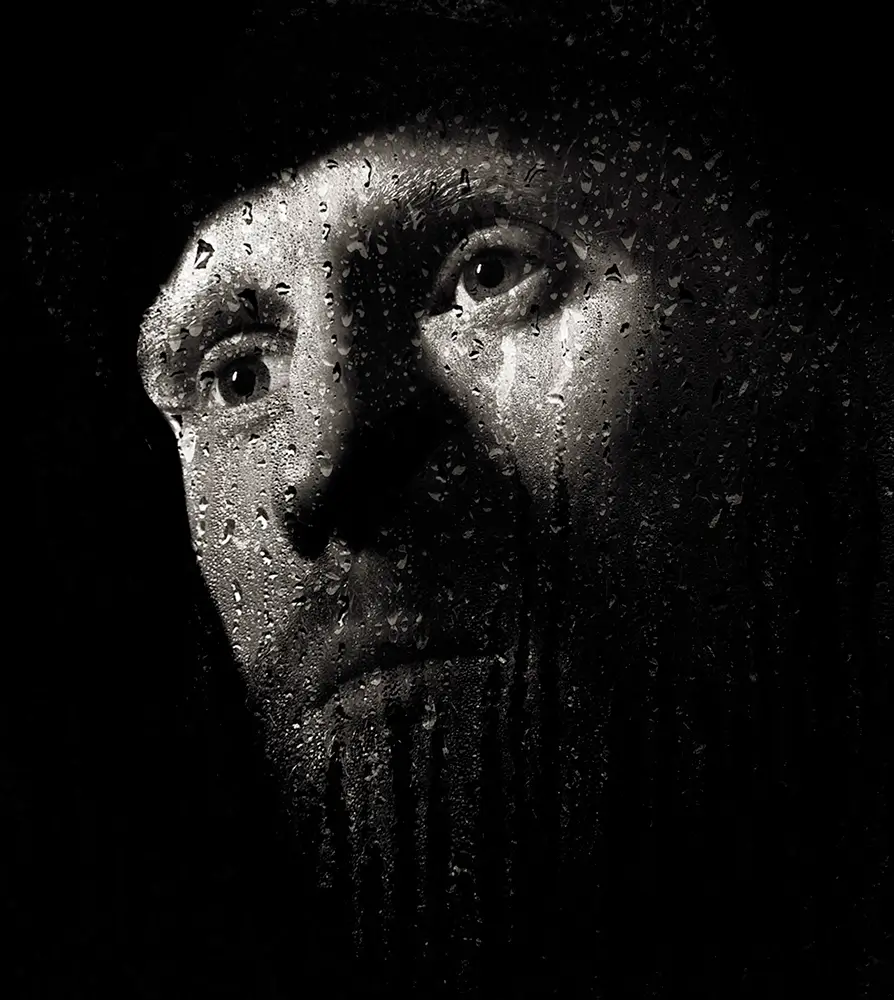Jack Savage is a fine art photographer, digital and mixed media artist and gallery owner. Born in Northampton, England (1980) - He was educated at Nottingham University, where he carries an MA in American Studies and Film. Winner of over 100 international professional photography awards -he produces a unique brand of artworks using the varying mediums of studio portraiture, landscapes, street photography, mixed media photographic art, and digital psychedelic creations from what he labels "His Unconscious Soul". Savage's multi-faceted works have gained international recognition and acclaim - resulting in several prestigious international prizes, including most notably The Pangea Prize from Siena Photo Awards, Gold from the Shatto Gallery - Los Angeles, Photographer of the Year from The Spider Awards - Beverly Hills California and Gold in consecutive years from Tokyo Foto Awards. Over the last few years, he has exhibited his artworks internationally, in countries such as Italy, France, Greece, Hungary, Germany, USA and throughout the UK. Jack is currently represented by Singulart, Paris, The Zari Gallery, London, The Opulent Art Gallery, London, and ThePassePartout Gallery, Milan, Italy. In 2022 Jack became an influential gallerist, with the formation of The Influx Gallery, Notting Hill - London - showcasing the very best of contemporary art from around the world.
Jack Savage is one of the UK’s most celebrated fine art photographers, acclaimed for his haunting black-and-white "Definitive Ambiguities" series. A certified Adobe Photoshop CC expert, Savage fuses classical film noir lighting with precise post-production to create images steeped in moral ambiguity, repressed desire, and an undercurrent of violence. Winner of the Pangea Prize at the Siena International Photo Awards, two consecutive Gold medals at the Tokyo International Foto Awards, Photographer of the Year at the Black & White Spider Awards (Los Angeles), and First Place at the Mono Awards, Savage draws heavily on the cinematic language of Otto Preminger and Orson Welles. His work echoes the words of historian Alain Silver, who described film noir as “a cinema of moral uncertainty and dangerous seduction,” and James Ursini, who noted its “dark urban poetry.” All portraits in this series feature residents from Savage’s hometown of Northampton, England, intensifying what Ursini might call the “claustrophobic menace” of the Midlands’ urban landscape. From shadow-draped alleys to the spectral “men in hats,” Savage’s noir vision transforms everyday streets into charged stages of human drama, where desire and danger meet in a single frame.
